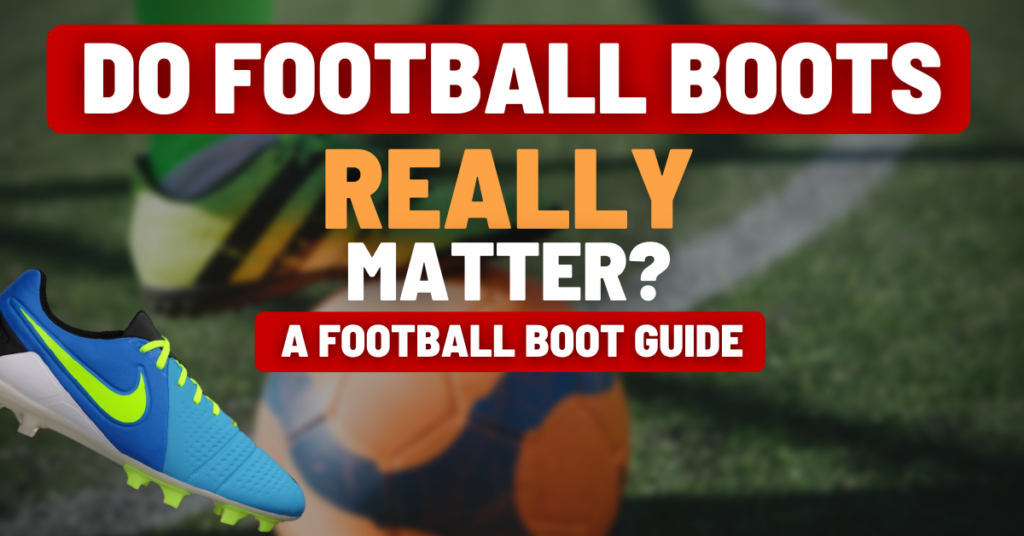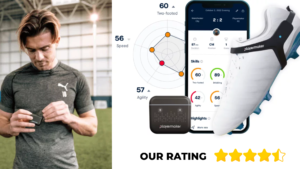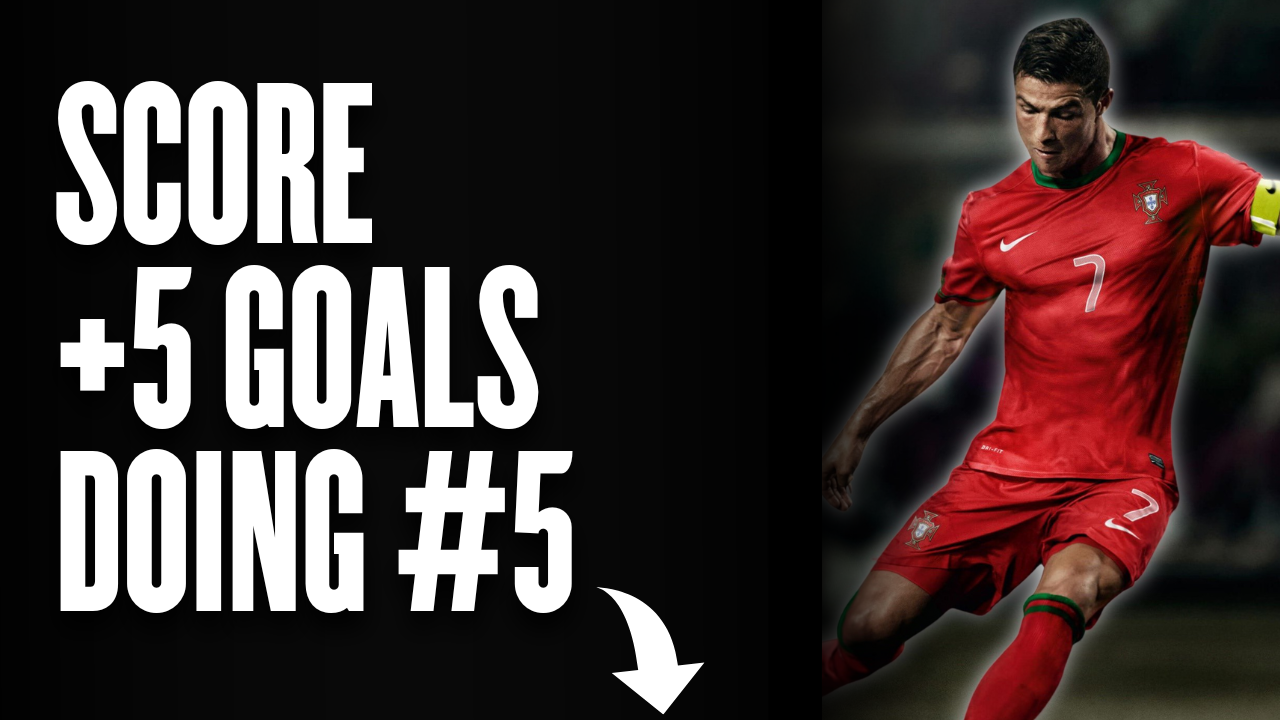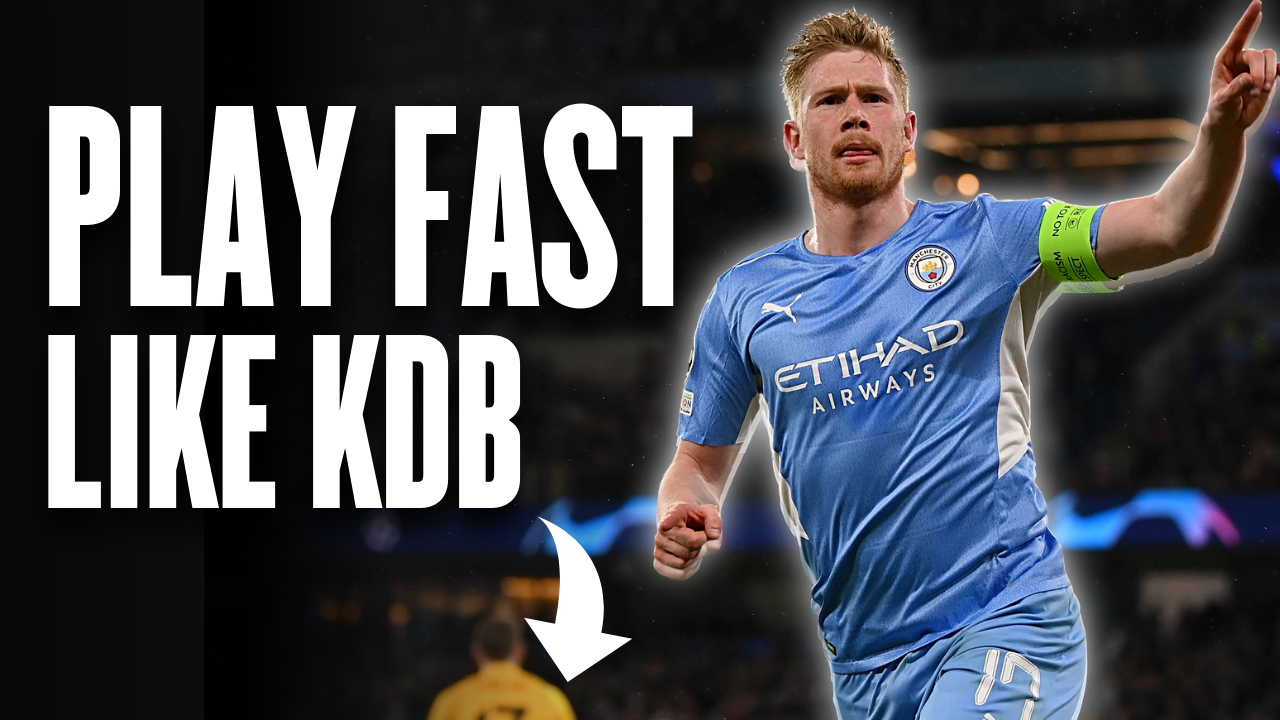
The sports- and footwear industry is a huge industry, which has quite a lot of influence on the modern footballer and sports in general. There are literally countless ad campaigns of big sportswear companies that promote their football boots through elite footballers from the global scene of football. This type of marketing often pushes us in the wrong direction by making false promises (performance enhancement) when it comes to choosing a new pair of soccer cleats. But what is wrong and what is right? Do football boots really matter for performance?
The truth is that yes, the football boots you wear matter. Your cleats may not enhance your performance in some way, shape or form, BUT a proper-fitting pair of football boots shouldn’t hinder your game. In addition, as strange as it may seem to you, the right pair of football boots can drastically decrease the risk of some major and minor injuries. Here are some common issues you might be facing with low quality and bad fitting football boots:
COMMON FOOTBALL BOOT ISSUES
- Blisters – one of the most common problems faced from athletes who buy undersized cleats. They can occur both on the heels and in various other parts of the foot where friction is created. The blisters can become very annoying and painful both during the training/matches and for the daily life of the athlete.
- Shin Splints – football boots with a wrong stud configuration and/or hard/bad quality insoles may increase the risk of shin splints during performance due to the harder impact these boot elements create for your body.
- Feet Slipping Inside The Boot – this is one of the problems many footballers face whenever they buy improper fitting cleats. Boots that are wide and/or oversized tend to cause this issue more often.
- Slips Due To Less Grip: an inappropriate stud configuration can lead to more slips during a game or training. When the surface of the pitch is wet or soft, special studs are preferred (Soft Ground Studs) that offer better grip. If you’re playing on turf, buying boots with a soleplate and studs specific for turf is the way to go. If you perform with the wrong stud configuration on harder grounds, you can expect a variety of things to happen (slips, shin splints, blisters).
Increased Injury Risk: playing with a wrong stud configuration can dramatically increase the risk of injury (e.g. shin splints, ACL tears, tendinitis etc.) (e.g. playing with Soft Ground studs on hard surfaces).
THE FOOTBALL BOOT GUIDE
Whenever you’re on the lookout for new football cleats, you should be prioritizing function over fashion. Comfort, fit, proper sizing should top the list. Here are some tips to make the best purchase possible:
- proper sizing (boot specific)
- proper fit (narrow/wide – based on your foot)
- quality insoles (you can also replace them after the purchase)
- proper stud configuration (depends on the ground you play on the most)
- quality, breathable materials
This is the TRUE guide to purchasing your next pair of cleats. Things like style, colorways, the player that wears them etc. should be left outside, or at least not prioritized. The least thing we want is a boot that looks good but causes blisters and general discomfort. It would be so sad to see your performance suffer just because you didn’t make the right choice!
PRICING & QUALITY
Lastly, in terms of pricing, we can say that higher end boots usually consist of higher quality materials and technologies that are better for your feet’s health. I’m not going to say that you need to buy expensive football boots. However, if you do have the financial freedom to do so, I would highly suggest you to do so. It will not make a huge difference and it certainly won’t enhance your improvement. It is just a commodity that will slightly increase the comfort and the hygiene of your feet.




